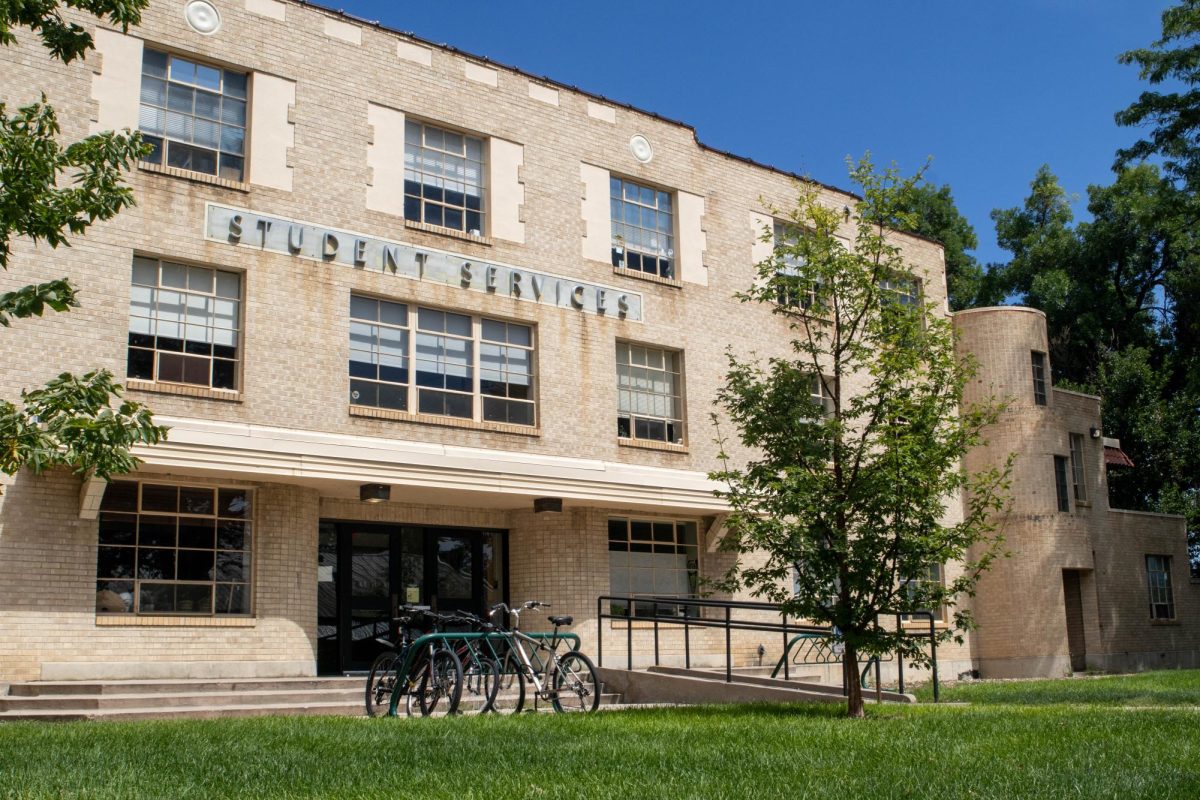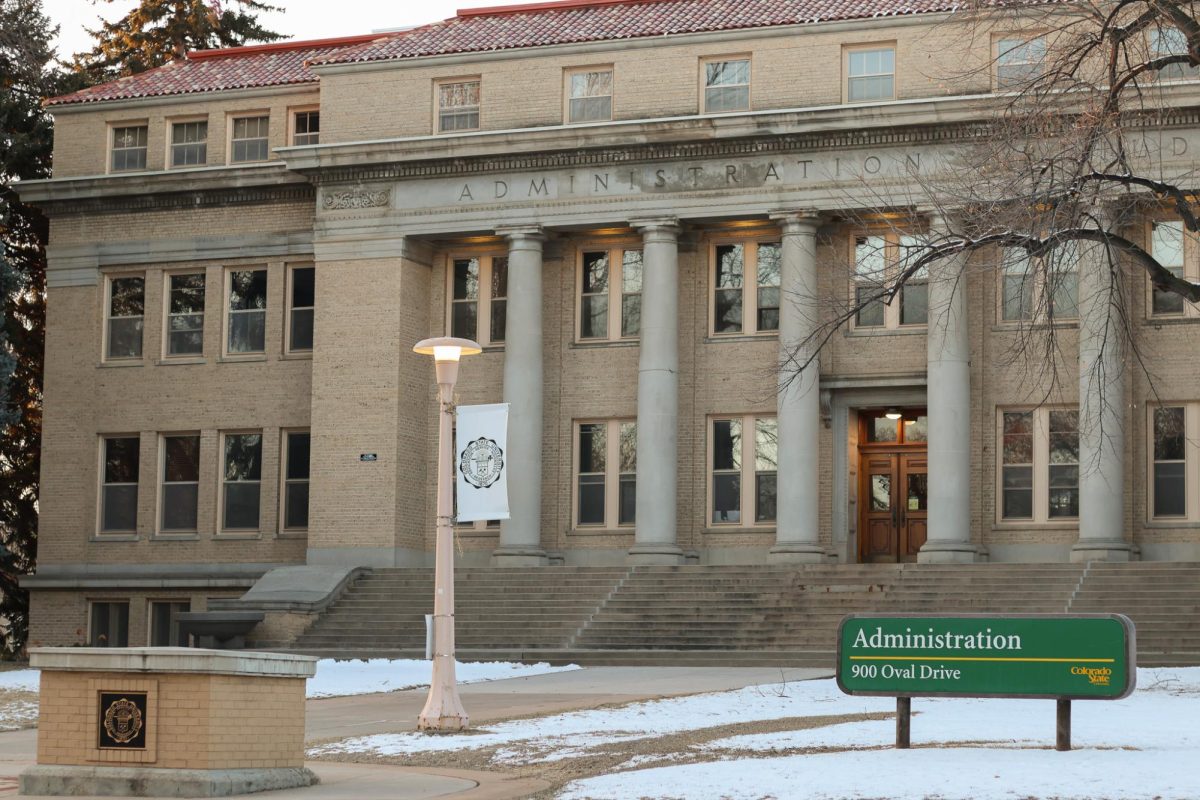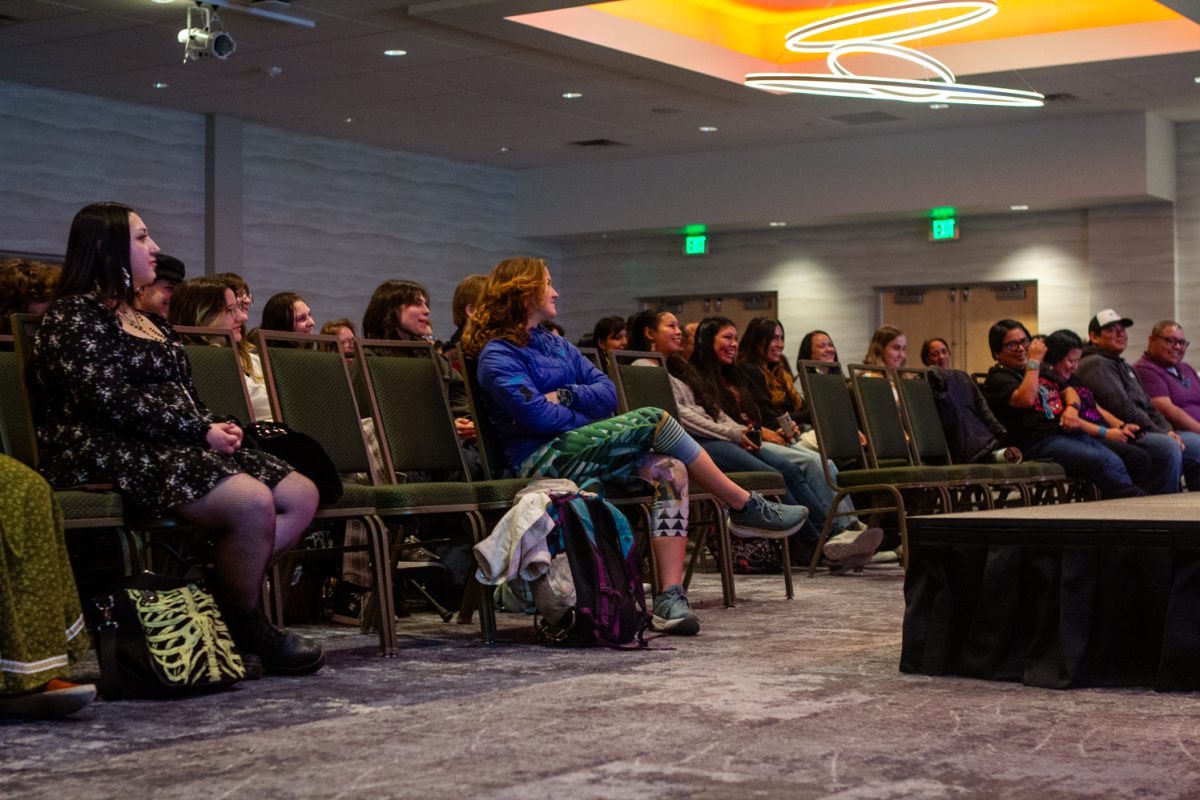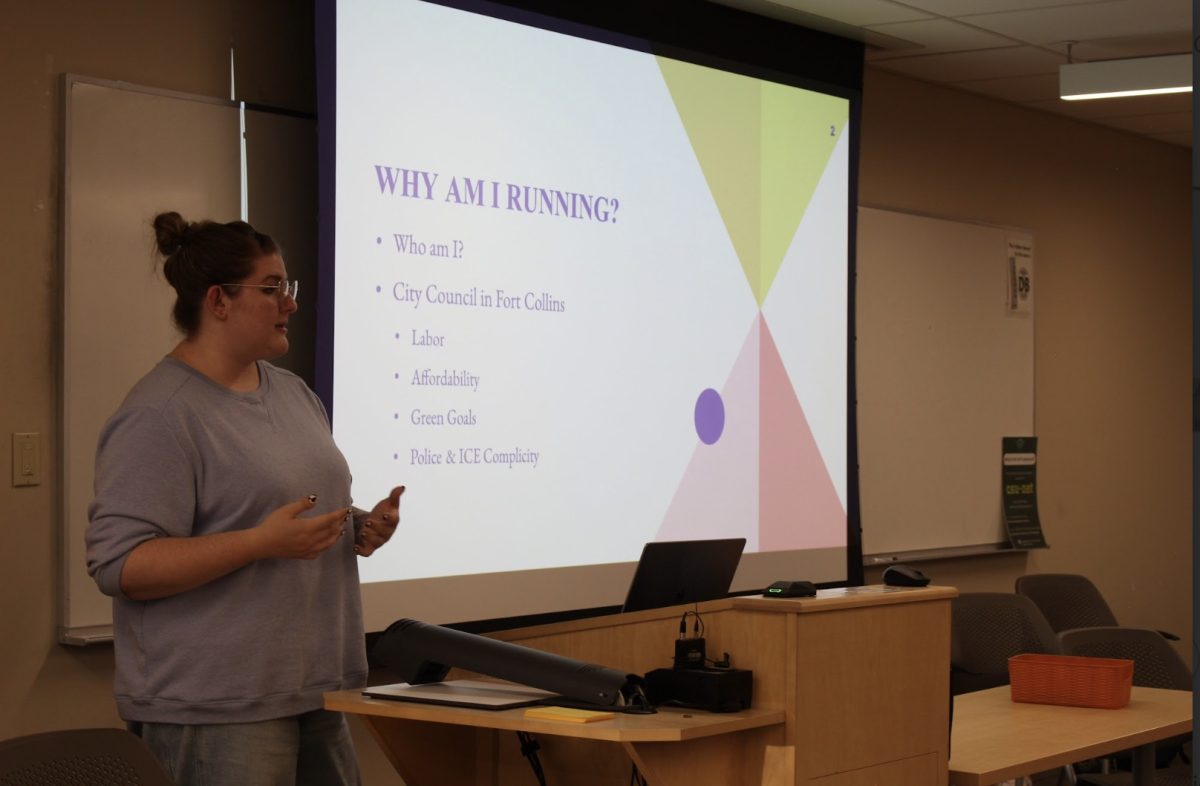Colorado State University updated its Title IX policy following a change in Title IX regulations passed by the U.S. Department of Education. The new federal regulations, which were released April 19 and put into effect Aug. 1, shift how institutions address sexual assault and harassment allegations and expand the protections of Title IX to include LGBTQIA+ and pregnant students.
To align with the new federal regulations, CSU changed its own Title IX policy. CSU edited its regulations regarding definitions of infractions; support and privacy of participating parties; and resolution processes and flexibility in how CSU approaches current and new Title IX provisions.
In addition, the new provisions require all staff to undergo training regarding the enforcement of Title IX. The training is not yet available to staff but will need to be completed by Aug. 1, 2025. CSU will continue to offer education and resources regarding Title IX.
The changes to Title IX alter how students report sexual assault and harassment along with which offenses they can report. In the 2020 academic year, CSU reported six instances of rape and nine instances of fondling, a noticeable decrease from the 2018 and 2019 academic years. The new provisions broaden the definition of sexual discrimination to include sexual stereotypes, characteristics, identity and orientation. They also expanded the scope of sexual offenses.
“The new regulations reinforce what has already existed as CSU’s Principles of Community. If students are experiencing sex discrimination or sexual harassment, we want them to know that they have resources available to them.” –Audrey Swenson, Title IX program associate director and senior deputy Title IX coordinator
The changes to CSU’s Title IX policy are intended to encourage students to exercise their freedoms, not only those in Title IX but also those granted by other federal laws and documents.
“My hope is that students will continue to exercise their federal rights in reporting discrimination and violence that occurs on campus,” said Victoria Benjamin, director of CSU’s Survivor Advocacy and Feminist Education Center, via email. “I am confident that the university will continue to respond to reports the full extent possible within the parameters of federal policy.”
The new changes to Title IX — not only at CSU but at many institutions across the country — are motivated by facts and misconceptions about sexual assault. For example, some of the protections that Title IX grants victims stem from the myths that the way a victim dresses expresses their desire for sex, that sexual assault can be prevented by a victim being more cautious or that sexual assault is lied about to get back at someone. In reality, less than 2% of sexual assault reports are false.
Although Title IX has been instrumental in supporting cisgender, heterosexual women at universities, there has often been a lack of that same support for LGBTQIA+ students. LGBTQIA+ students are more likely to be victims of sexual harassment than cisgender and heterosexual students, and nearly two in every five LGBTQIA+ students are likely to experience sexual violence. This lack of protection for LGBTQIA+ students is one of the motives for the change in the first place.
The U.S. Department of Education started its drive to change Title IX to further its goal “that no person experiences sex discrimination, as well as accountability and fairness while empowering and supporting students and families.”
“The new regulations reinforce what has already existed as CSU’s Principles of Community,” said Audrey Swenson, associate director of CSU’s Title IX program and senior deputy Title IX coordinator. “If students are experiencing sex discrimination or sexual harassment, we want them to know that they have resources available to them.”
Reach Robert Sides at news@collegian.com or on Twitter @CSUCollegian.












